
Timeless Charm in Centro Histórico, Veracruz
Explore Centro Histórico in Veracruz: A captivating blend of colonial charm, rich history, and vibrant culture along the Gulf of Mexico.
Centro Histórico in Veracruz is a vibrant hub of history and culture, perfect for tourists eager to soak in the authentic Mexican atmosphere. Nestled along the Gulf of Mexico, this neighborhood offers a unique blend of colonial architecture, bustling markets, and rich traditions that date back centuries. Wander through the picturesque streets lined with colorful buildings and discover hidden gems at every corner. The heart of the neighborhood is the Plaza de Armas, a lively square surrounded by historic landmarks such as the Veracruz Cathedral and the Municipal Palace. Here, you can experience the local way of life, with street performers, vendors, and friendly locals adding to the dynamic vibe. Don't miss the chance to explore the Malecón, a scenic promenade that offers stunning views of the ocean and leads to the iconic San Juan de Ulúa fortress. This historic site, once a military stronghold, now serves as a museum where you can learn about Veracruz's fascinating past. As the sun sets, the neighborhood transforms with vibrant nightlife; enjoy a delicious meal at one of the many restaurants serving fresh seafood and traditional Mexican dishes, and perhaps catch a live music performance that will surely make your visit unforgettable.
Local tips in Centro Histórico
- Visit early in the morning or late afternoon to avoid the midday heat and crowds.
- Wear comfortable shoes as the best way to explore is by walking through the cobblestone streets.
- Try the local seafood dishes, especially the famous Veracruz-style fish (Pescado a la Veracruzana).
- Keep some cash on hand as many local vendors and smaller establishments may not accept credit cards.
- Don't forget to visit the San Juan de Ulúa fortress for a deep dive into the area's history.
Timeless Charm in Centro Histórico, Veracruz
Centro Histórico in Veracruz is a vibrant hub of history and culture, perfect for tourists eager to soak in the authentic Mexican atmosphere. Nestled along the Gulf of Mexico, this neighborhood offers a unique blend of colonial architecture, bustling markets, and rich traditions that date back centuries. Wander through the picturesque streets lined with colorful buildings and discover hidden gems at every corner. The heart of the neighborhood is the Plaza de Armas, a lively square surrounded by historic landmarks such as the Veracruz Cathedral and the Municipal Palace. Here, you can experience the local way of life, with street performers, vendors, and friendly locals adding to the dynamic vibe. Don't miss the chance to explore the Malecón, a scenic promenade that offers stunning views of the ocean and leads to the iconic San Juan de Ulúa fortress. This historic site, once a military stronghold, now serves as a museum where you can learn about Veracruz's fascinating past. As the sun sets, the neighborhood transforms with vibrant nightlife; enjoy a delicious meal at one of the many restaurants serving fresh seafood and traditional Mexican dishes, and perhaps catch a live music performance that will surely make your visit unforgettable.
Iconic landmarks you can’t miss
Zócalo de Veracruz
Explore the vibrant Zócalo de Veracruz, a historical landmark that showcases the rich culture and lively spirit of Heroica Veracruz.
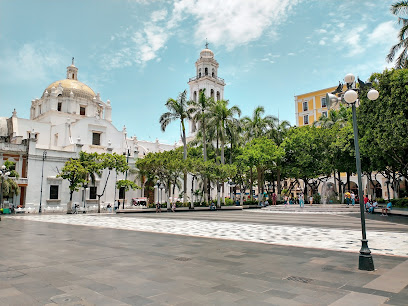
Malecón Veracruz Puerto
Explore the vibrant Malecón Veracruz Puerto, a stunning waterfront promenade blending natural beauty, culture, and delicious local cuisine.
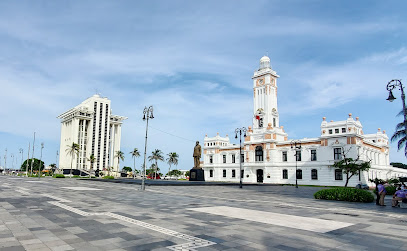
San Juan de Ulúa
Explore the storied past of San Juan de Ulúa, a historical landmark in Veracruz that offers breathtaking views and a glimpse into Mexico's rich heritage.
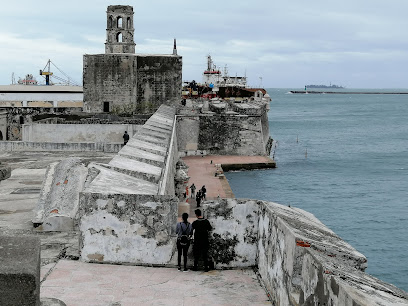
Faro Venustiano Carranza
Explore the historical beauty of Faro Venustiano Carranza, a charming lighthouse and cultural icon in Heroica Veracruz, Mexico.
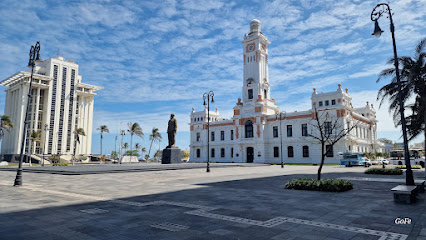
Los Portales de Veracruz
Explore the vibrant heart of Heroica Veracruz at Los Portales, where rich history meets local culture in an unforgettable experience.

Historic Center of Veracruz
Discover the rich history and vibrant culture of the Historic Center of Veracruz, a UNESCO World Heritage site steeped in tradition and charm.
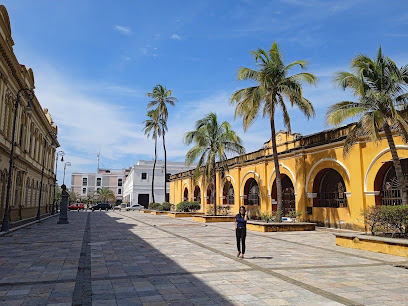
Museo Baluarte de Santiago
Explore the captivating history of Veracruz at Museo Baluarte de Santiago, where maritime heritage and cultural exhibits await every traveler.
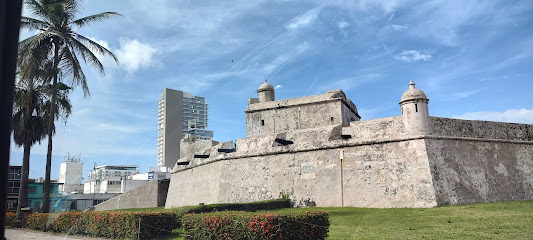
Obelisco
Discover the Obelisco in Veracruz, a stunning monument celebrating the city's rich history and cultural significance amidst vibrant local life.
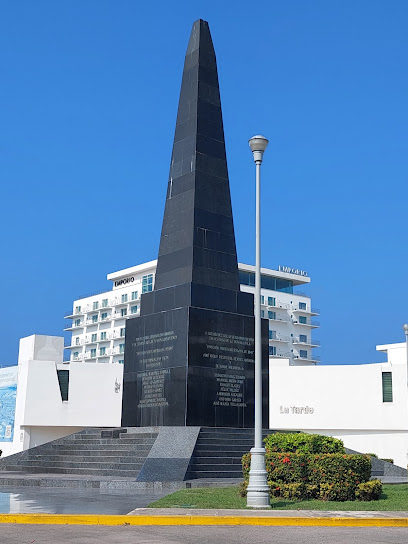
Monumento a los Marinos del Mundo
Explore the Monumento a los Marinos del Mundo in Veracruz, a stunning tribute to maritime heritage with captivating sculptures and lush surroundings.
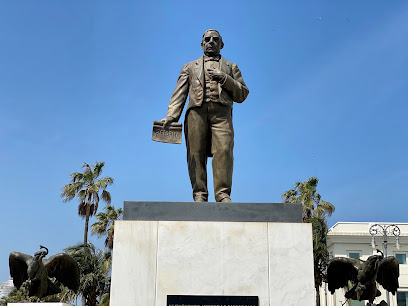
VERACRUZ,
Immerse yourself in the rich history and vibrant culture of Veracruz, a captivating coastal city in Mexico's heart.
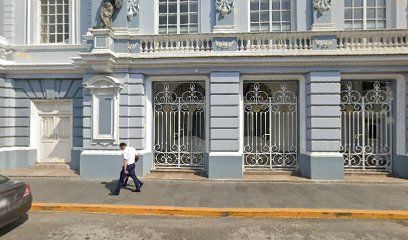
Unmissable attractions to see
Los Portales de Veracruz
Explore Los Portales de Veracruz, a historical gem offering vibrant culture, local crafts, and a taste of authentic Mexican life.
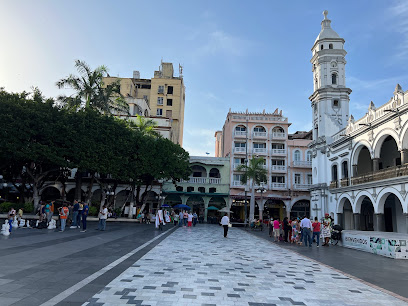
Historic Center of Veracruz
Explore the Historic Center of Veracruz, where vibrant culture meets rich history in a stunning coastal setting.
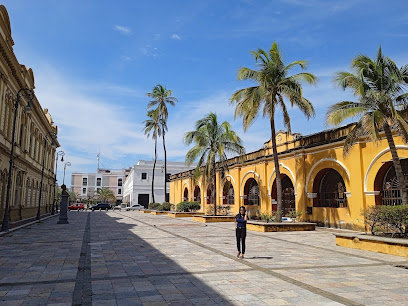
Museum of the City
Explore the Museum of the City in Veracruz for an enriching journey through the region's vibrant history and cultural heritage.

Obelisco
Discover the historical significance and vibrant culture at the Obelisco, a must-see landmark in Veracruz, Mexico.
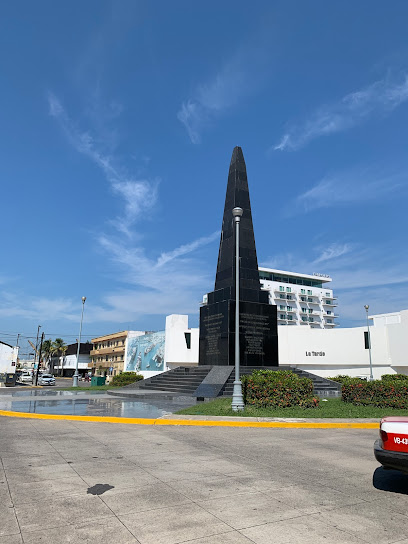
Homenaje al músico Veracruzano
Explore the Homenaje al Músico Veracruzano, a vibrant tribute to the rich musical heritage and culture of Veracruz, Mexico.
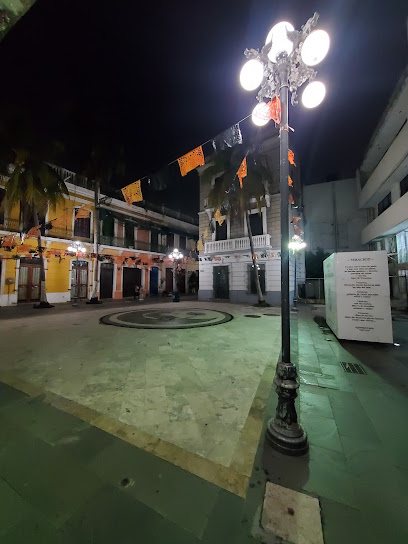
Essential places to dine
La Parroquia de Veracruz
Experience authentic Mexican cuisine at La Parroquia de Veracruz, where tradition meets flavor in a vibrant coastal setting.
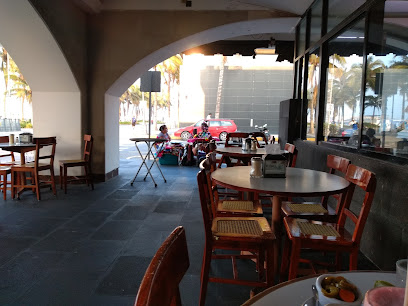
Gran Café del Portal (Centro Histórico)
Experience authentic Mexican flavors at Gran Café del Portal - your go-to breakfast spot in the heart of Heroica Veracruz.
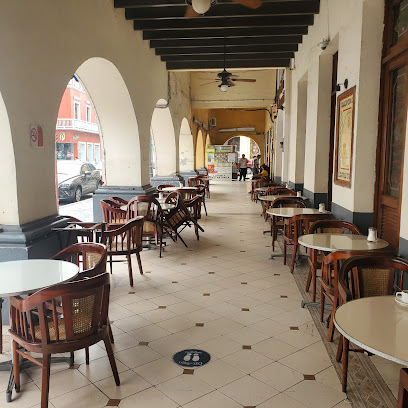
La Parroquia De Veracruz
Discover authentic Mexican flavors at La Parroquia De Veracruz - where tradition meets taste in the heart of Mexico City.
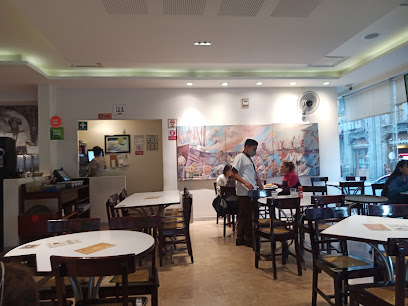
El Gaucho
Experience authentic Argentinian flavors at El Gaucho in Veracruz – where every meal is a celebration of culinary tradition.
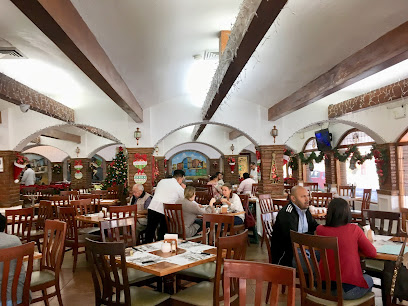
Antojitos Veracruzanos Samborcito
Discover authentic Mexican breakfast delights at Antojitos Veracruzanos Samborcito in Heroica Veracruz – a culinary gem bursting with flavor.
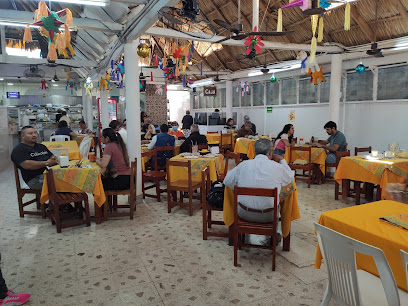
El Asador Steak House
Experience the rich flavors of Mexico at El Asador Steak House - where every meal is a celebration of taste.
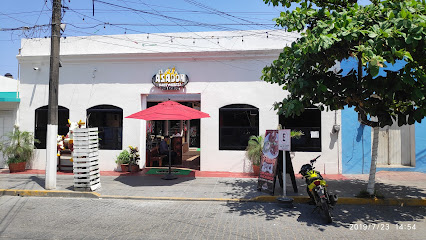
La fonda de las Gordas
Experience authentic Mexican flavors at La Fonda de las Gordas in Heroica Veracruz—your go-to spot for delicious brunches and traditional dishes.
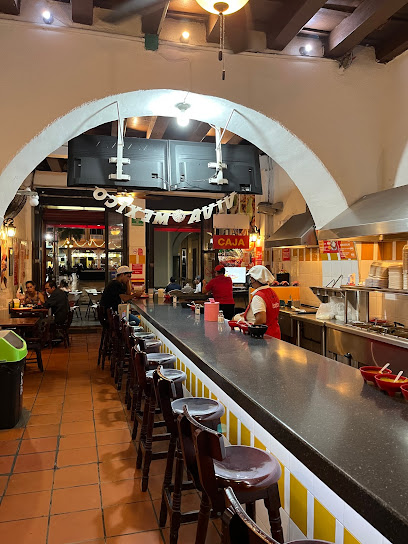
La Tlacotalpeña
Experience authentic Mexican cuisine at La Tlacotalpeña - where breakfast delights meet cocktail creativity in vibrant Veracruz.
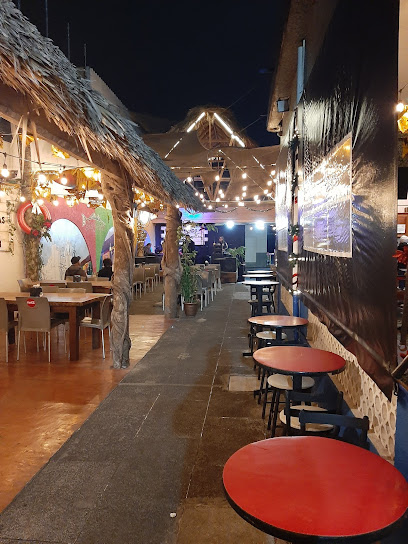
Prim Homemade Food
Experience authentic Mexican breakfasts at Prim Homemade Food in Veracruz - where every dish tells a story of local flavors.

Callejón La Lagunilla
Experience authentic Mexican brunch in Callejón La Lagunilla, a vibrant cultural hub in Veracruz filled with flavors and artistic charm.
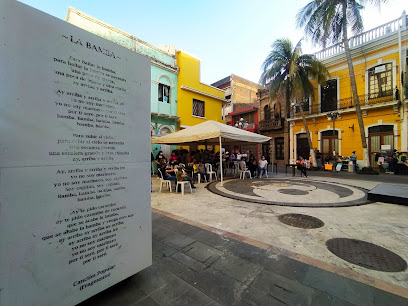
Markets, malls and hidden boutiques
Las Américas Mall
Explore Las Américas Mall in Veracruz for shopping, dining, and entertainment in a vibrant atmosphere, perfect for tourists seeking a diverse experience.
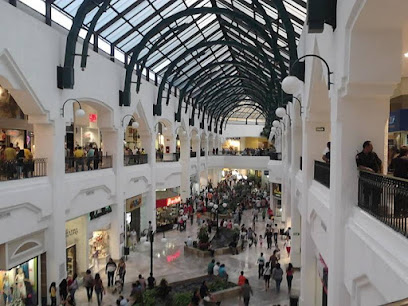
Zócalo de Veracruz
Experience the vibrant culture and history at Zócalo de Veracruz, the beating heart of this charming port city.
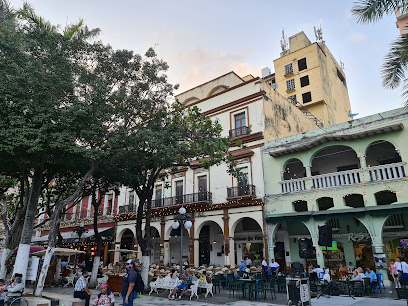
Andamar Lifestyle Center
Discover shopping, dining, and cultural experiences at Andamar Lifestyle Center, the premier shopping destination in Veracruz.
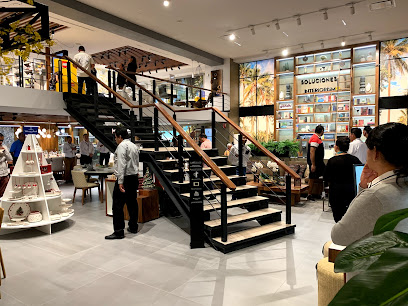
Historic Center of Veracruz
Experience the rich history and vibrant culture of Veracruz at its Historic Center, where every street tells a story.
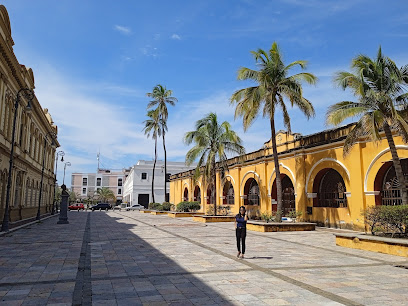
Plaza Bravo
Experience the vibrant shopping scene at Plaza Bravo, where local culture meets modern retail in the heart of Heroica Veracruz.

Plaza de las Artesanias
Discover the artistic flair of Veracruz at Plaza de las Artesanias, a vibrant market filled with handcrafted treasures and local culture.
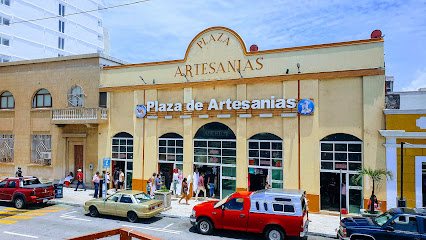
Mercadito Central
Experience the essence of Veracruz's artisan culture at Mercadito Central, a treasure trove of handcrafted goods in the heart of Heroica Veracruz.
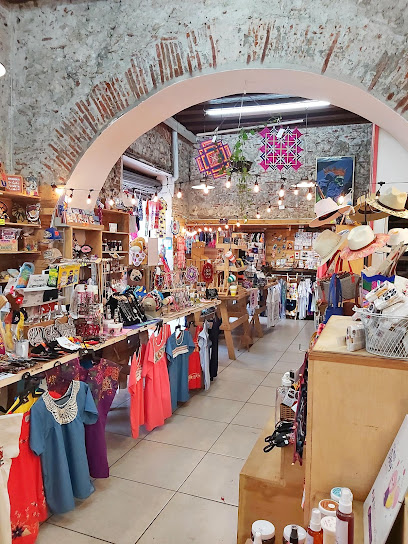
Milano centro histórico
Experience the enchanting blend of history, fashion, and cuisine in the heart of Milan's historic center, a vibrant destination for every traveler.
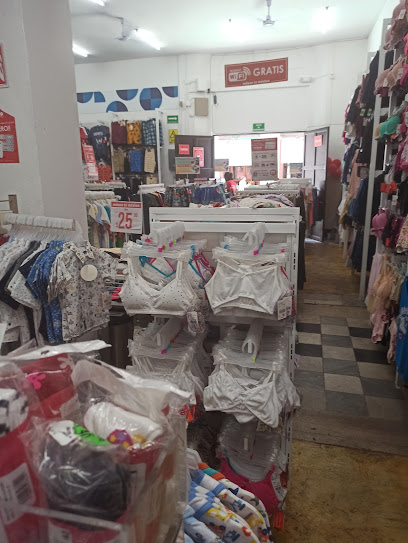
veracruz centro
Discover the vibrant shopping and cultural scene at Veracruz Centro, the heart of Heroica Veracruz, where local flavors and unique crafts await.

Dr. Marcos Reyes zona centro histórico de Veracruz Puerto
Experience wellness and rejuvenation at Dr. Marcos Reyes, a premier health and beauty destination in the heart of Veracruz's historic center.

Essential bars & hidden hideouts
La Parroquia de Veracruz
Experience the rich culinary heritage of Veracruz at La Parroquia, where every dish tells a story and every sip of coffee is an indulgence.
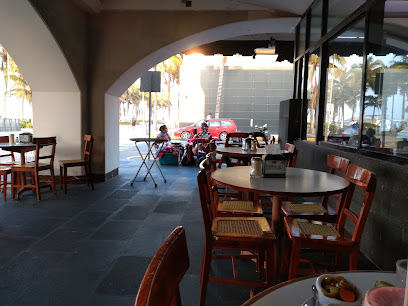
Gran Café del Portal (Centro Histórico)
Discover the heart of Veracruz at Gran Café del Portal, where traditional flavors meet modern charm in a delightful dining experience.
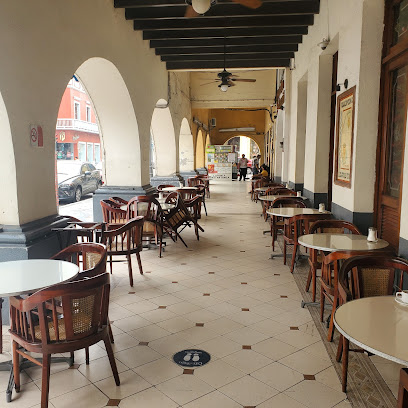
Las Barricas
Discover the vibrant flavors of Mexican grilling at Las Barricas in the heart of Veracruz, where every meal is a celebration of local culture.
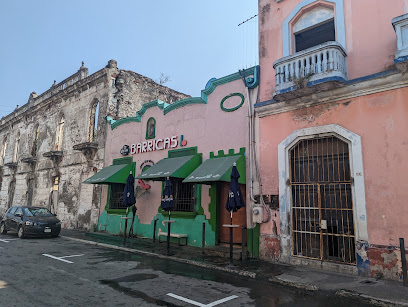
Restaurant Bar Noche Buena
Discover the vibrant tastes of Veracruz at Restaurant Bar Noche Buena, where delicious grilled dishes and local flavors come alive.
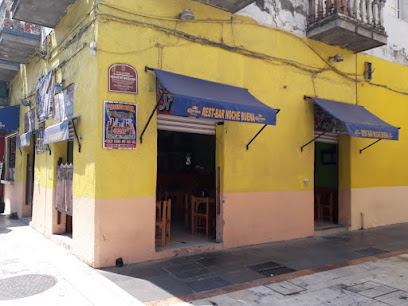
Restaurante Bar Palacio
Experience the vibrant culinary scene of Veracruz at Restaurante Bar Palacio, where grilled delights and refreshing drinks await in a cozy atmosphere.
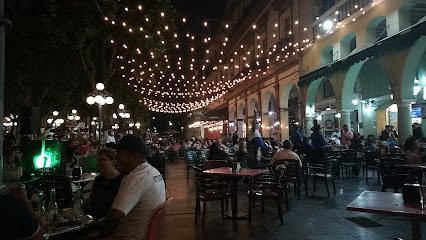
HOTEL BAR MEXICO
Discover the vibrant nightlife of Veracruz at Hotel Bar Mexico, where delicious drinks and a lively atmosphere await every visitor.
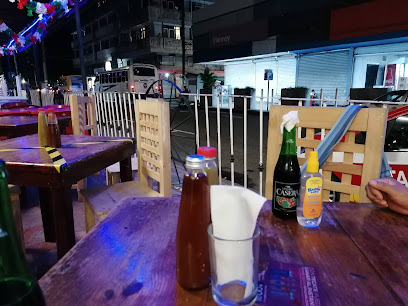
Bar Centro Caguamero
Experience the vibrant atmosphere of Bar Centro Caguamero in Veracruz, where local flavors and lively gatherings await you.
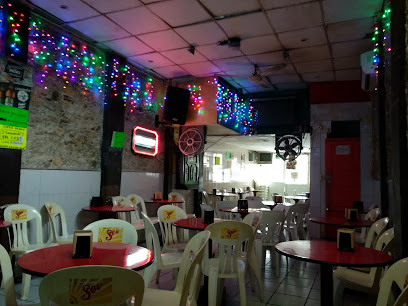
Bar titos
Experience the vibrant salsa rhythms and unbeatable drink prices at Bar Titos in Heroica Veracruz, a must-visit for any nightlife lover.
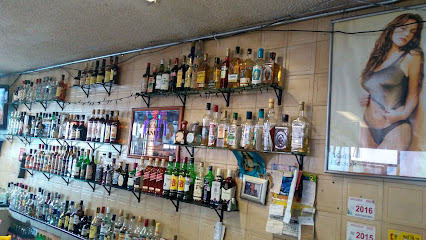
El Sol de Alá
Experience the vibrant nightlife of Veracruz at El Sol de Alá, a lively bar offering authentic drinks and a welcoming atmosphere.
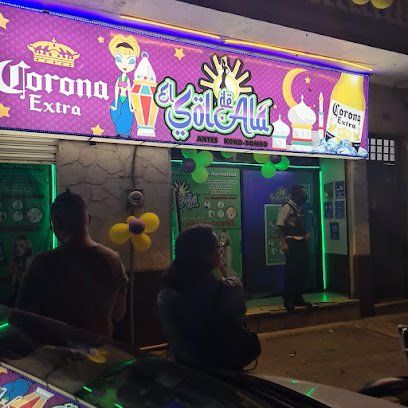
Callejón La Lagunilla
Experience the best brunch in Heroica Veracruz at Callejón La Lagunilla, where local flavors and cozy vibes create unforgettable moments.
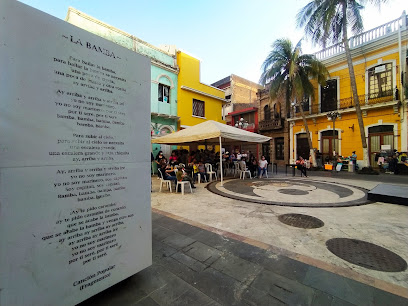
La Condesa Night Club Bar
Discover the vibrant nightlife of Veracruz at La Condesa Night Club Bar, a karaoke haven for music lovers and partygoers.
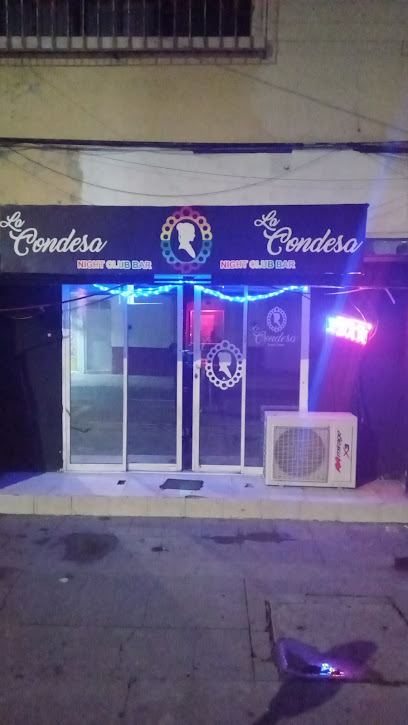
Local Phrases
-
- HelloHola
[oh-lah] - GoodbyeAdiós
[ah-dee-ohs] - YesSí
[see] - NoNo
[noh] - Please/You're welcomePor favor/De nada
[por fah-vor/deh nah-dah] - Thank youGracias
[grah-see-ahs] - Excuse me/SorryPerdón/Lo siento
[pair-dohn/loh see-en-toh] - How are you?¿Cómo estás?
[koh-moh ehs-tahs] - Fine. And you?Bien. ¿Y tú?
[byen. ee too] - Do you speak English?¿Hablas inglés?
[ah-blahs een-glehs] - I don't understandNo entiendo
[noh ehn-tee-ehn-doh]
- HelloHola
-
- I'd like to see the menu, pleaseMe gustaría ver el menú, por favor
[meh goos-tah-ree-ah behr ehl meh-noo, por fah-vor] - I don't eat meatNo como carne
[noh koh-moh kahr-neh] - Cheers!¡Salud!
[sah-lood] - I would like to pay, pleaseMe gustaría pagar, por favor
[meh goos-tah-ree-ah pah-gar, por fah-vor]
- I'd like to see the menu, pleaseMe gustaría ver el menú, por favor
-
- Help!¡Ayuda!
[ah-yoo-dah] - Go away!¡Vete!
[veh-teh] - Call the Police!¡Llama a la policía!
[yah-mah ah lah poh-lee-see-ah] - Call a doctor!¡Llama a un doctor!
[yah-mah ah oon dohk-tohr] - I'm lostEstoy perdido
[ehs-toy pair-dee-doh] - I'm illEstoy enfermo
[ehs-toy ehn-fehr-moh]
- Help!¡Ayuda!
-
- I'd like to buy...Me gustaría comprar...
[meh goos-tah-ree-ah kohm-prahr...] - I'm just lookingSólo estoy mirando
[soh-loh ehs-toy mee-rahn-doh] - How much is it?¿Cuánto cuesta?
[kwan-toh kwehs-tah] - That's too expensiveEsto es demasiado caro
[ehs-toh ehs deh-mah-syah-doh kahr-oh] - Can you lower the price?¿Puede bajar el precio?
[pweh-deh bah-har ehl preh-see-oh]
- I'd like to buy...Me gustaría comprar...
-
- What time is it?¿Qué hora es?
[keh oh-rah ehs] - It's one o'clockEs la una
[ehs lah oo-nah] - Half past (10)Y media (diez)
[ee meh-dee-ah (dyehs)] - MorningMañana
[mah-nyah-nah] - AfternoonTarde
[tahr-deh] - EveningNoche
[noh-cheh] - YesterdayAyer
[ah-yehr] - TodayHoy
[oy] - TomorrowMañana
[mah-nyah-nah] - 1Uno
[oo-noh] - 2Dos
[dohs] - 3Tres
[trehs] - 4Cuatro
[kwah-troh] - 5Cinco
[seen-koh] - 6Seis
[says] - 7Siete
[syeh-teh] - 8Ocho
[oh-choh] - 9Nueve
[nweh-veh] - 10Diez
[dyehs]
- What time is it?¿Qué hora es?
-
- Where's a/the...?¿Dónde está...?
[dohn-deh ehs-tah] - What's the address?¿Cuál es la dirección?
[kwal ehs lah dee-rehk-syon] - Can you show me (on the map)?¿Puedes mostrarme (en el mapa)?
[pweh-dehs mohs-trar-meh (ehn ehl mah-pah)] - When's the next (bus)?¿Cuándo es el próximo (autobús)?
[kwan-doh ehs ehl proh-ssee-moh (ow-toh-boos)] - A ticket (to ....)Un boleto (a ....)
[oon boh-leh-toh (ah)]
- Where's a/the...?¿Dónde está...?
History of Centro Histórico
-
Centro Histórico in Veracruz was founded in 1519 by Hernán Cortés, making it one of the oldest colonial cities in Mexico. The port's strategic location allowed for the establishment of trade routes and the export of goods, including sugar and tobacco, which became vital to the Spanish economy. The initial settlement was marked by the construction of fortifications to protect against piracy and foreign invasions.
-
By the 17th century, Veracruz had developed into a crucial port for the Spanish Empire. The construction of the Fort of San Juan de Ulúa began in 1536, symbolizing the city's military importance. This fort played a key role during various conflicts, including the 1683 siege by French privateers and the 19th-century wars of independence. The fort's remains still dominate the skyline today.
-
In the 19th century, Veracruz became a melting pot of cultures, with waves of immigrants from Europe, the Caribbean, and Africa. This influx enriched the local culture, reflected in the architectural styles and culinary traditions found in Centro Histórico. The city's vibrant markets, such as the Mercado Municipal, showcase this diversity through food and crafts.
-
Veracruz was a focal point during the Mexican Revolution (1910-1920), serving as a strategic port for revolutionary forces. The city witnessed battles and occupations, notably the U.S. occupation in 1914, which aimed to protect American interests during the turmoil. These events significantly impacted the political landscape of Mexico.
-
Following the revolution, Centro Histórico underwent modernization and urban development. The 20th century saw the restoration of colonial buildings and the establishment of public spaces, like the Zócalo, which became central to civic life. The area's history is preserved in its architecture, with numerous structures designated as historical landmarks, reflecting the city's rich past.
Centro Histórico Essentials
-
Centro Histórico is easily accessible from other neighborhoods in Veracruz. If you are arriving from the Veracruz International Airport, the most convenient option is to take a taxi or a rideshare service, which takes approximately 20 minutes. From the bus terminal, you can take a local taxi or a bus that connects to the Centro. If you are already in the city, Centro Histórico is within walking distance from neighborhoods like Boca del Río and Jalisco, or you can use local taxis and rideshares.
-
Centro Histórico is pedestrian-friendly, making it ideal for exploring on foot. Additionally, local buses and taxis are available for longer distances. Bicycle rentals are also an option, with some shops offering bikes for rent. The area is compact, so walking is often the best way to absorb the local culture and architecture.
-
Centro Histórico is generally safe for tourists; however, it is advisable to exercise caution, especially at night. Be wary of your belongings in crowded areas and avoid walking alone after dark in less populated streets. Areas near the bus station and some outskirts may experience higher crime rates, so it's best to stay vigilant and avoid those spots.
-
In case of emergencies, dial 911 for police, fire, or medical assistance. The local hospital is accessible within Centro Histórico. It is advisable to have travel insurance that covers health emergencies. For minor issues, pharmacies are available throughout the neighborhood.
-
Fashion: Do wear light, breathable clothing suitable for the tropical climate, but avoid overly casual attire in restaurants. Religion: Do respect local customs when visiting churches; cover shoulders and knees. Public Transport: Do give your seat to elderly passengers, but don’t engage in loud conversations. Greetings: Do greet locals with a friendly 'Hola' and a smile. Eating & Drinking: Do try local dishes and street food; don’t drink tap water—opt for bottled water instead.
-
To experience Centro Histórico like a local, visit the Mercado de Artesanías for handmade crafts and souvenirs. Engage with local vendors to learn about regional products. Try to attend a traditional music or dance performance in the Zócalo for an authentic cultural experience. Early morning strolls are ideal to enjoy the architecture before the crowds arrive.
Nearby Cities to Centro Histórico
-
Things To Do in Puebla
-
Things To Do in Oaxaca
-
Things To Do in Mexico City
-
Things To Do in Taxco
-
Things To Do in Puerto Escondido
-
Things To Do in Chiapas
-
Things To Do in Queretaro
-
Things To Do in Acapulco
-
Things To Do in San Miguel de Allende
-
Things To Do in Guanajuato
-
Things To Do in Campeche
-
Things To Do in Quetzaltenango
-
Things To Do in Flores
-
Things To Do in Chichicastenango
-
Things To Do in Tikal











